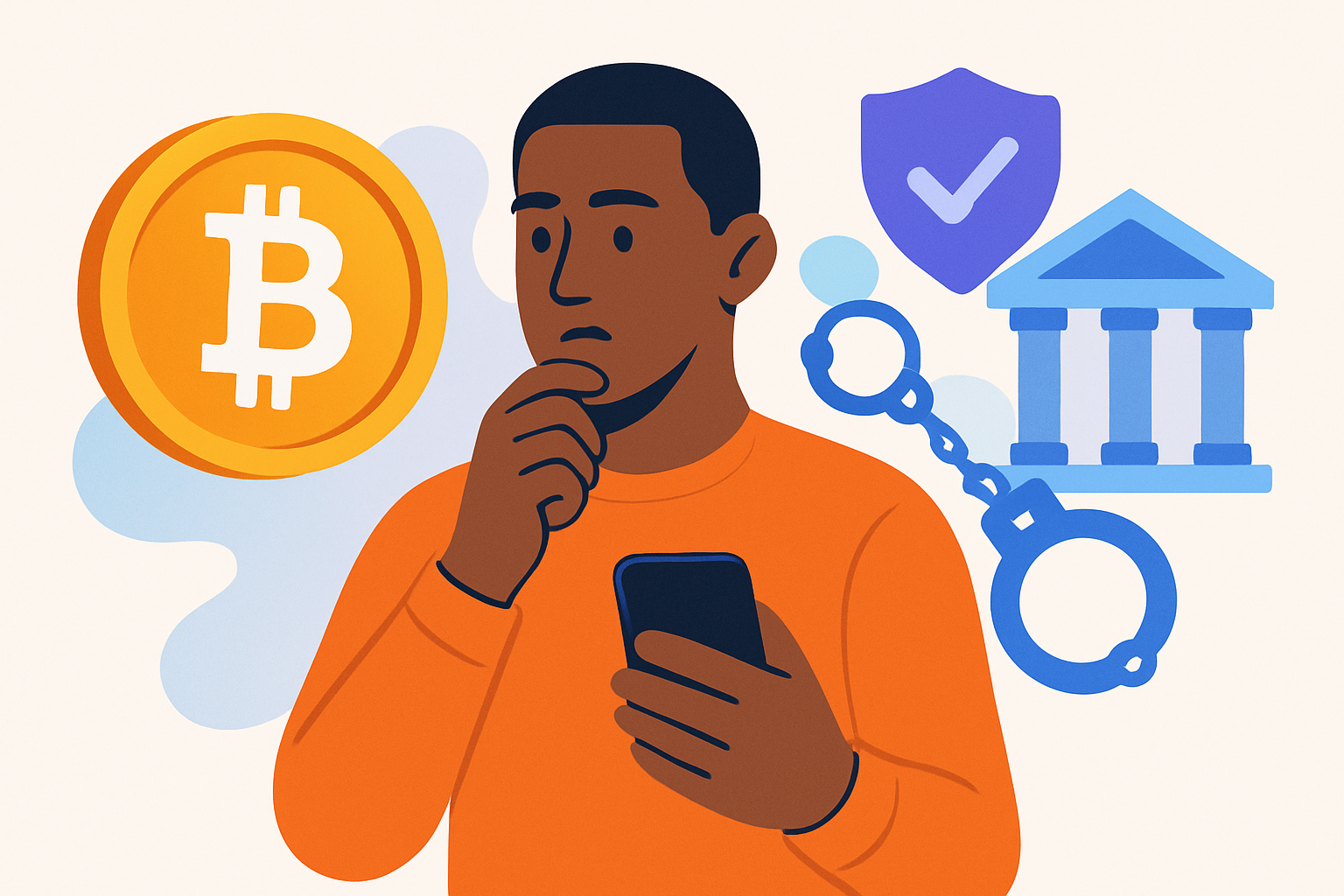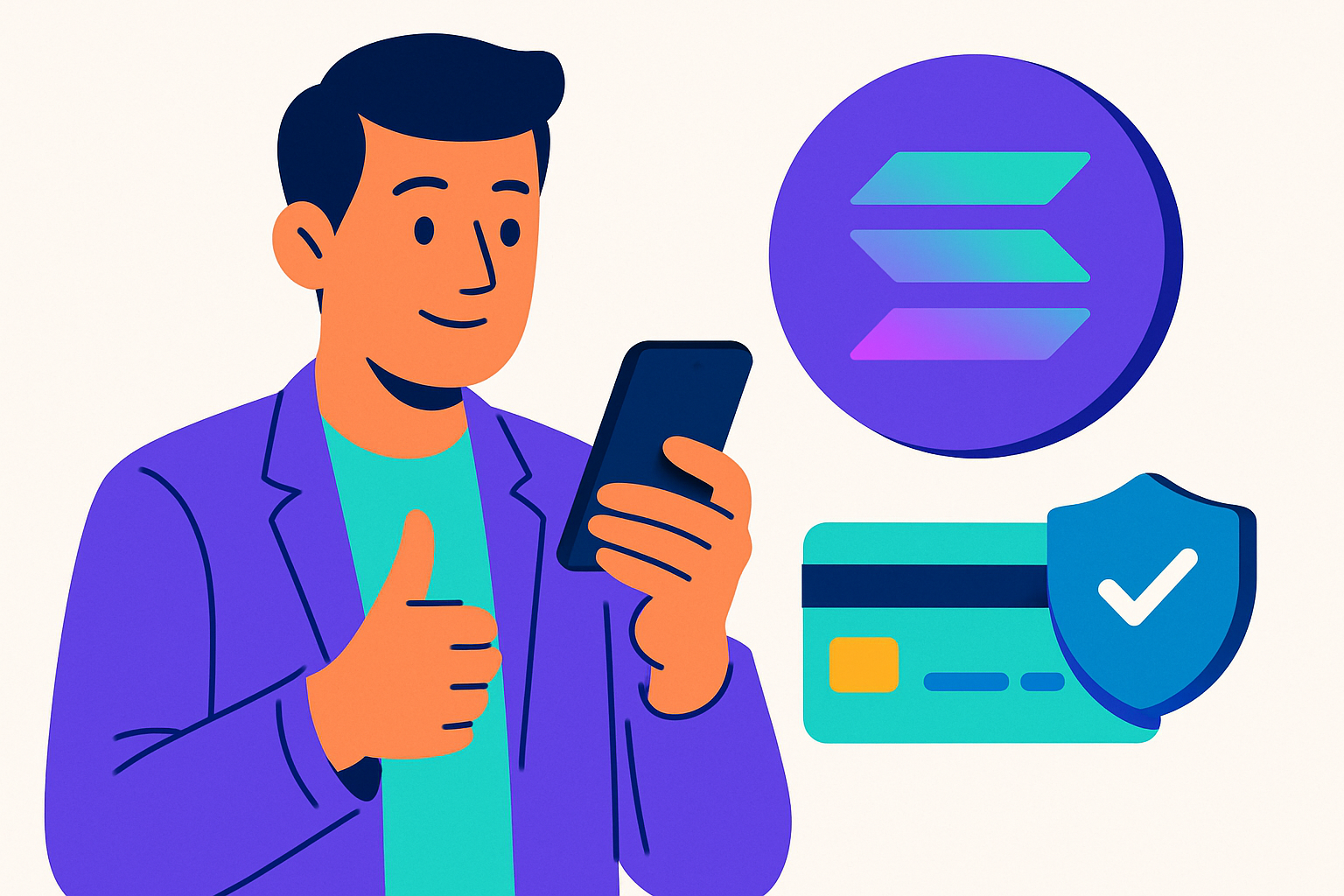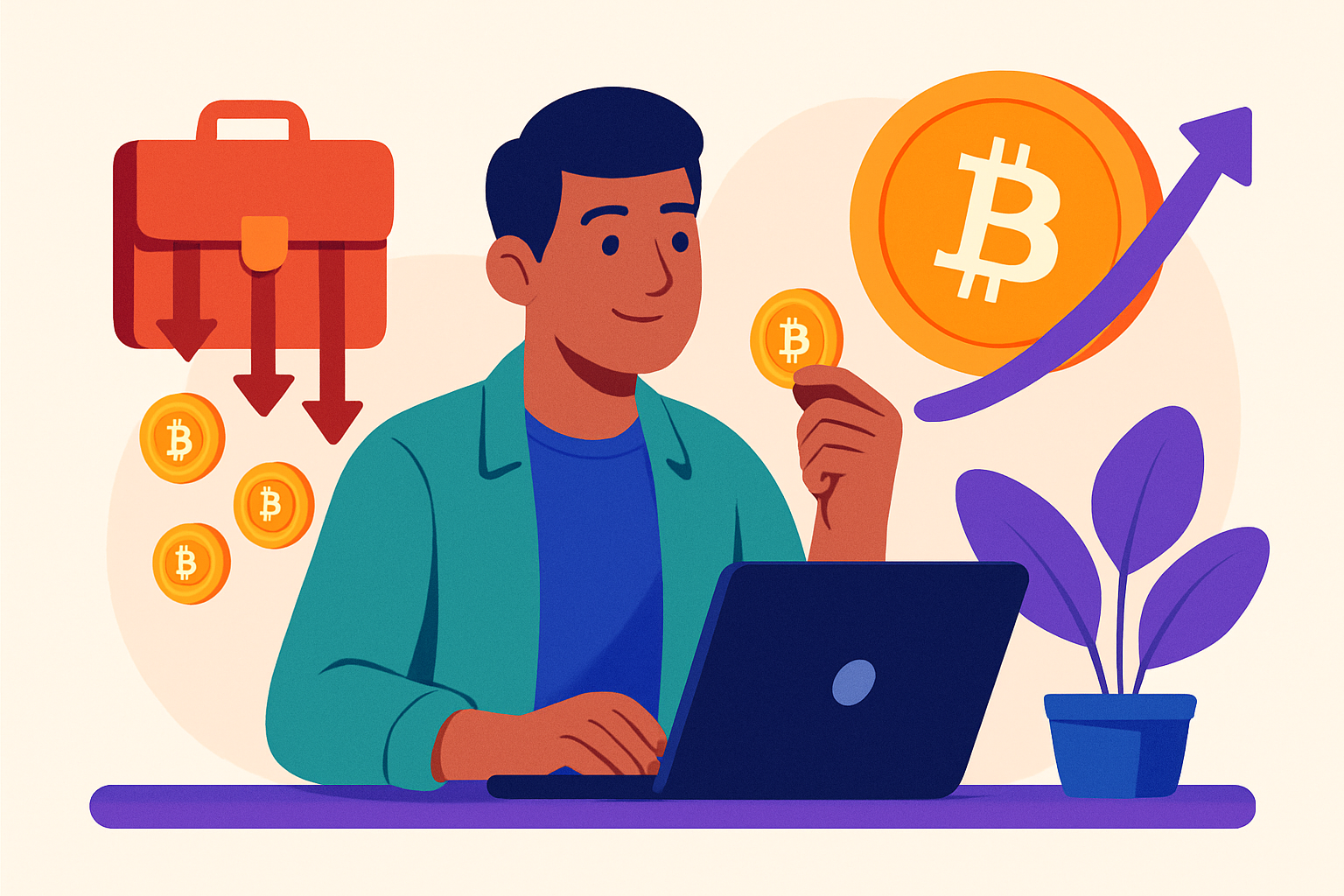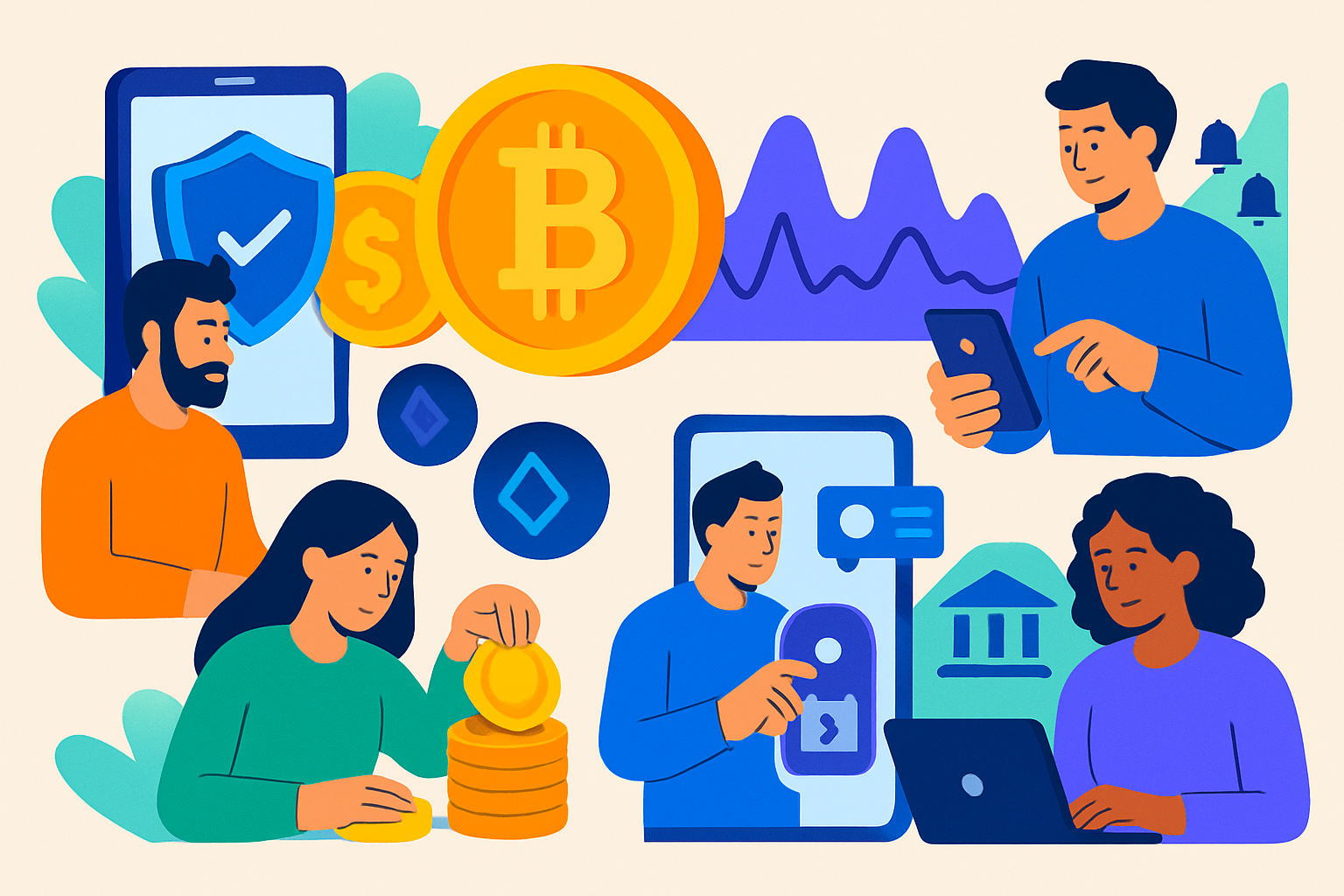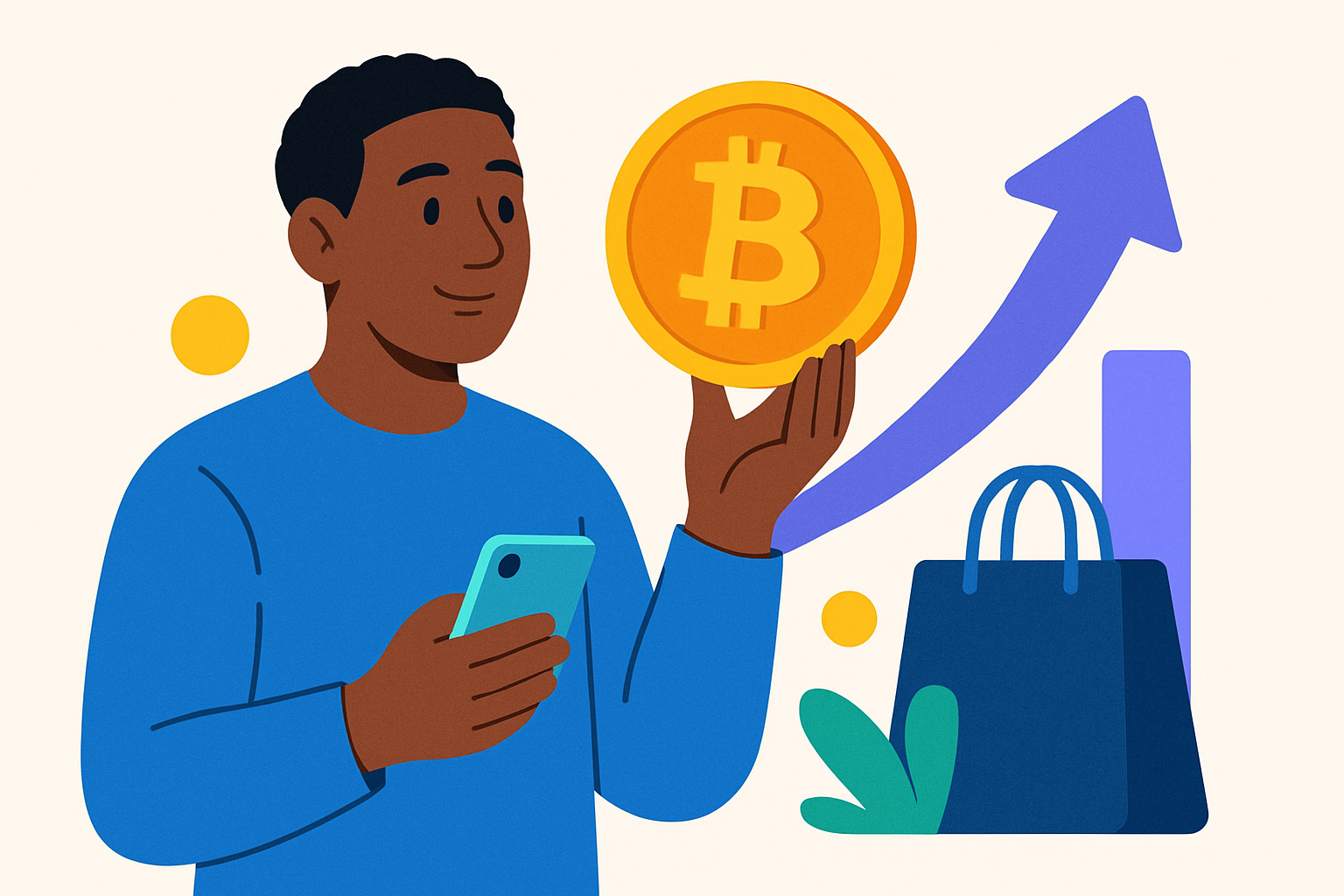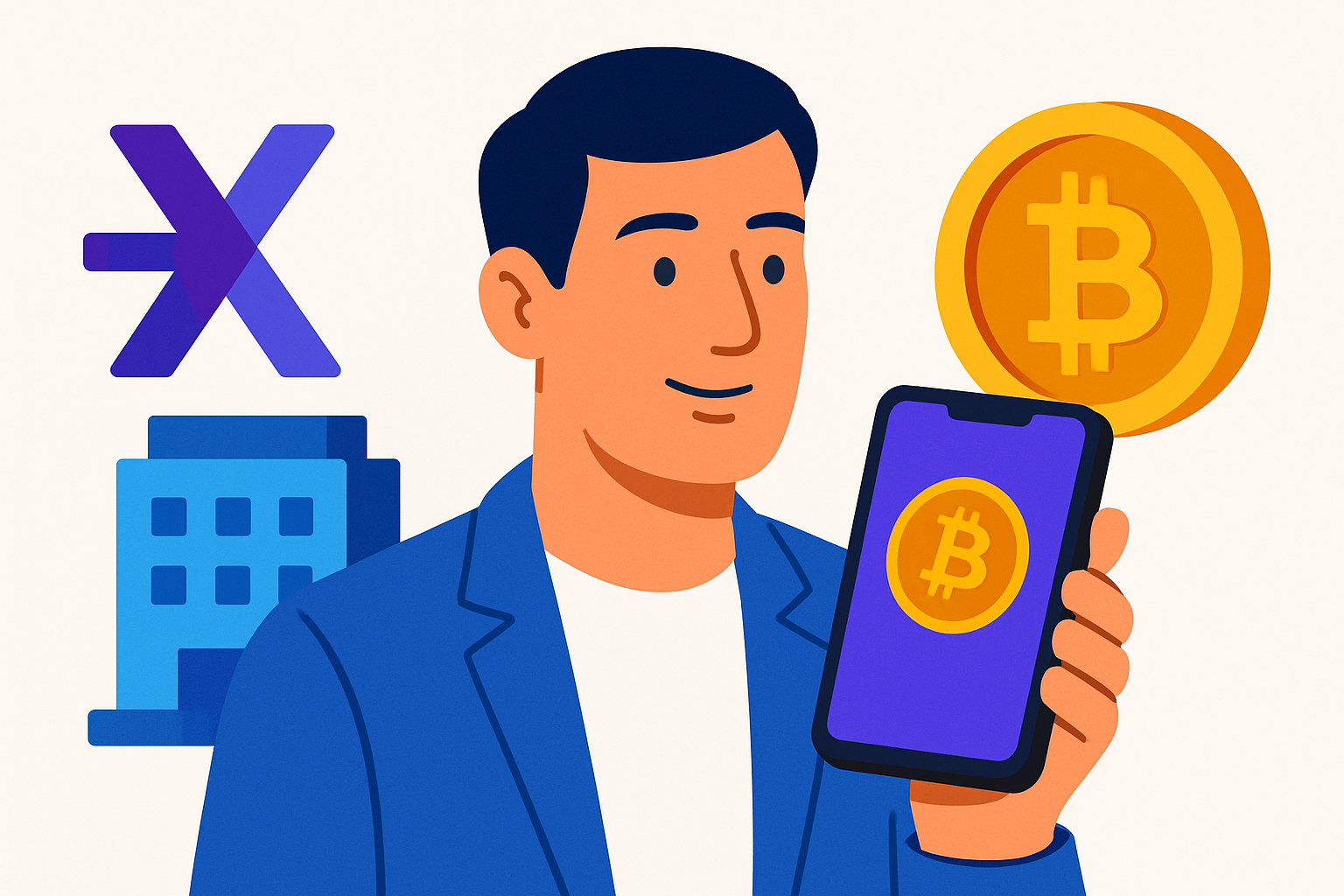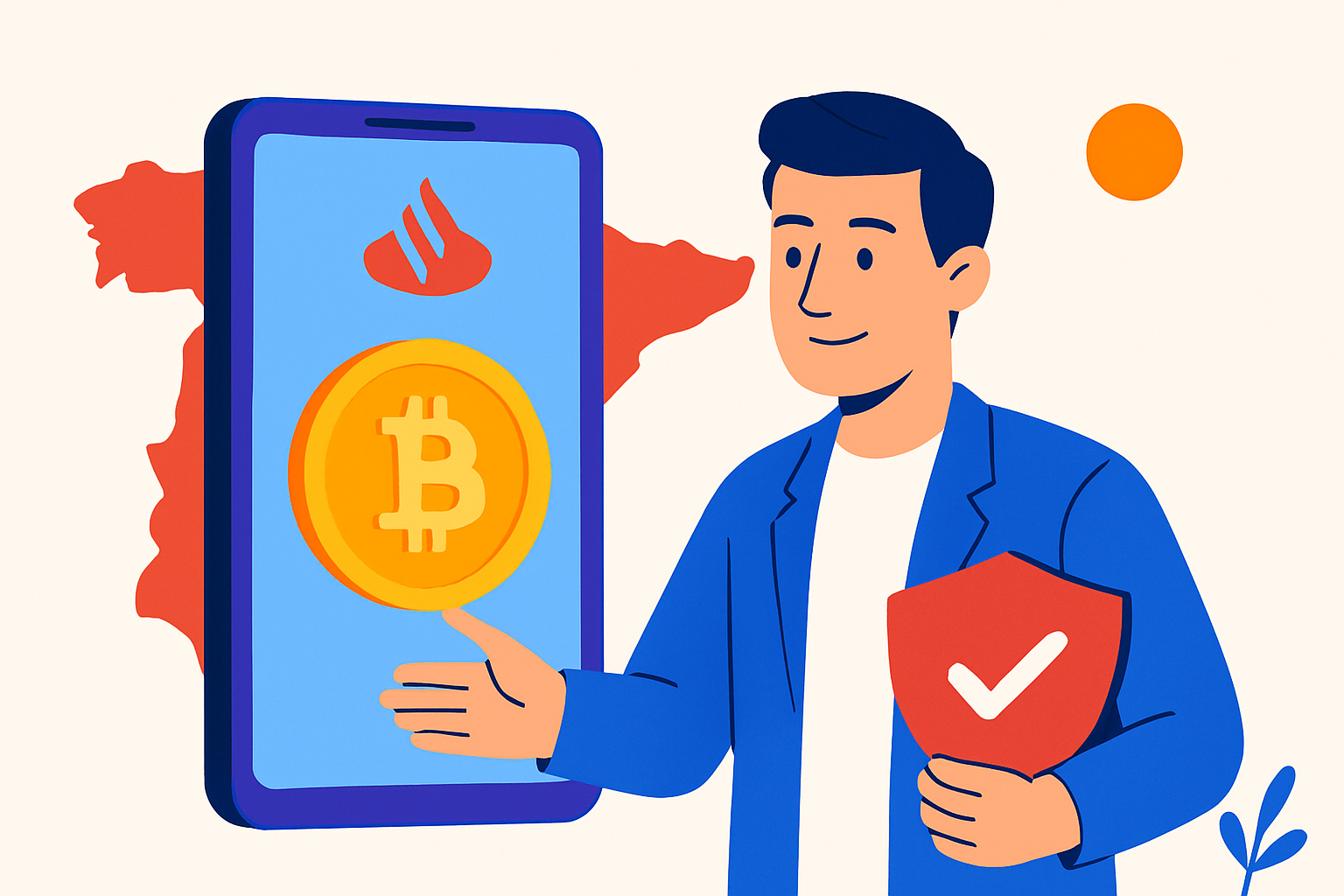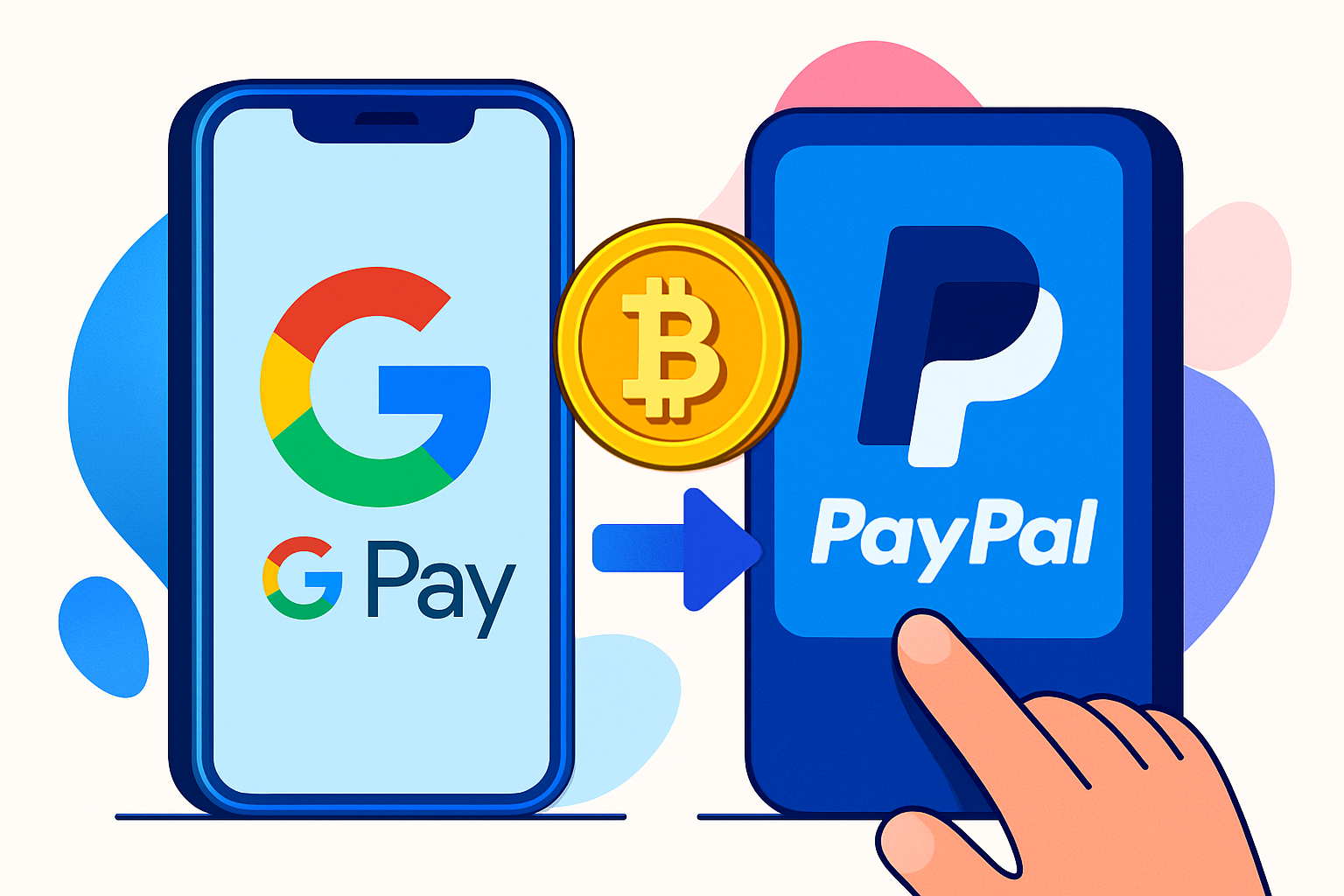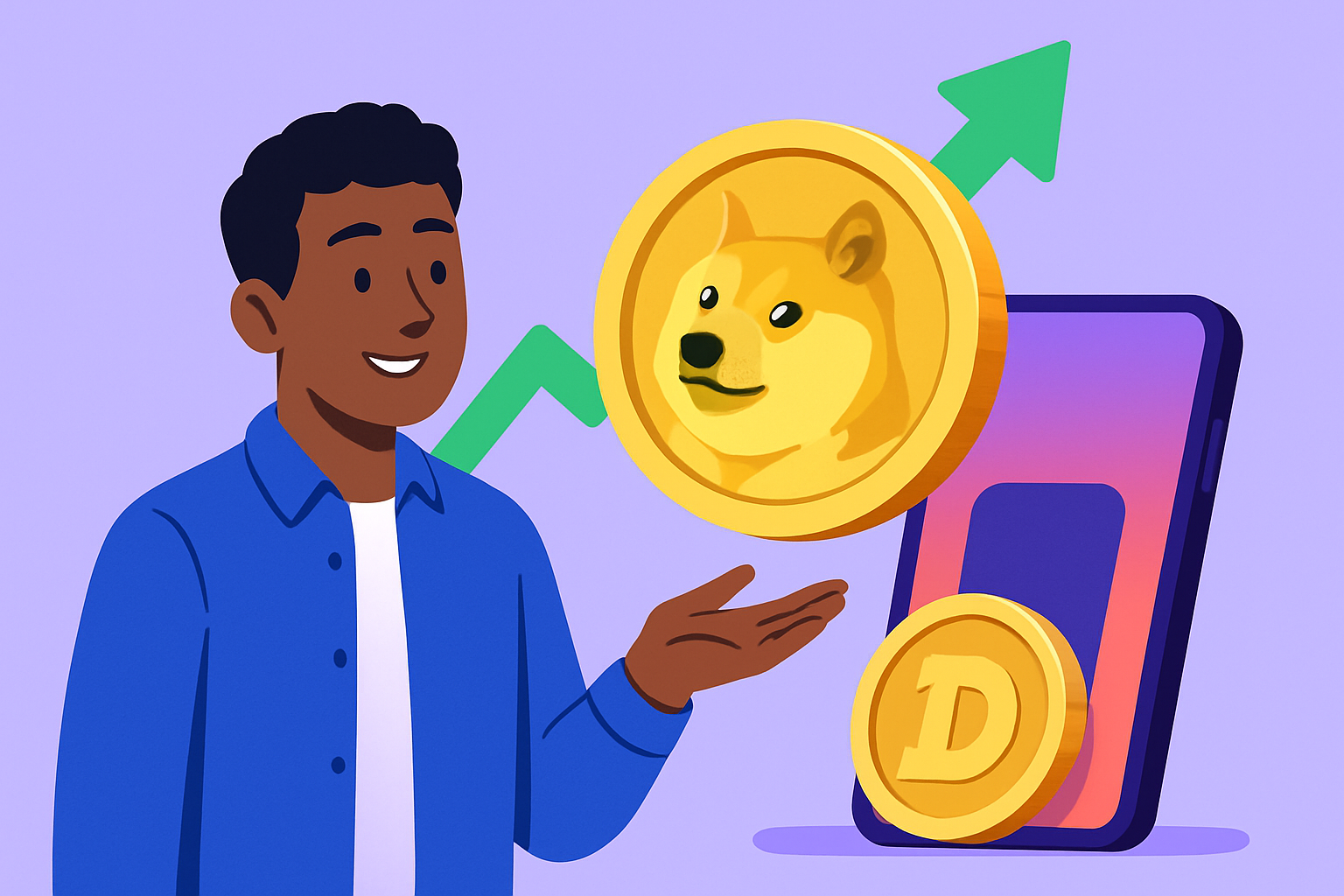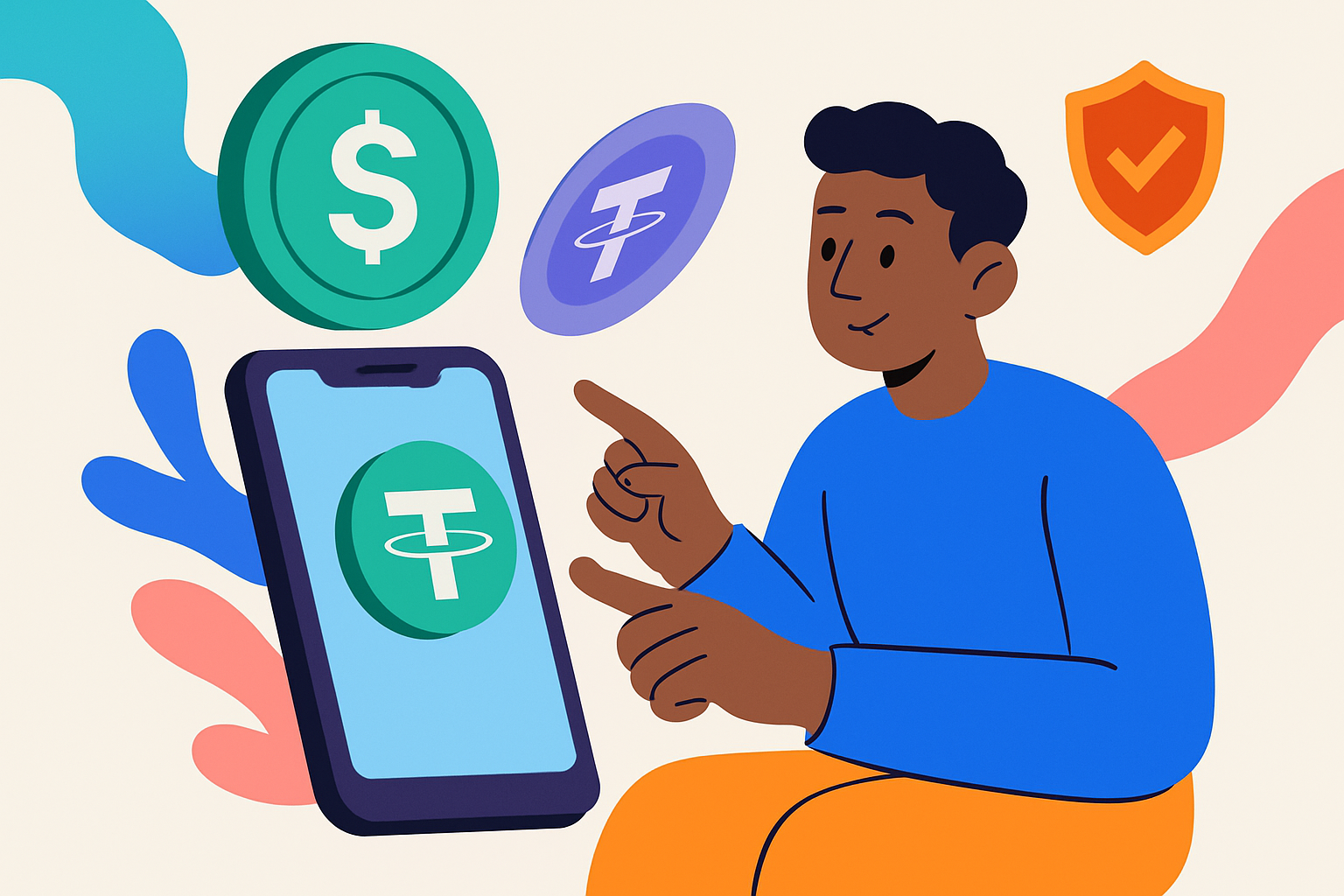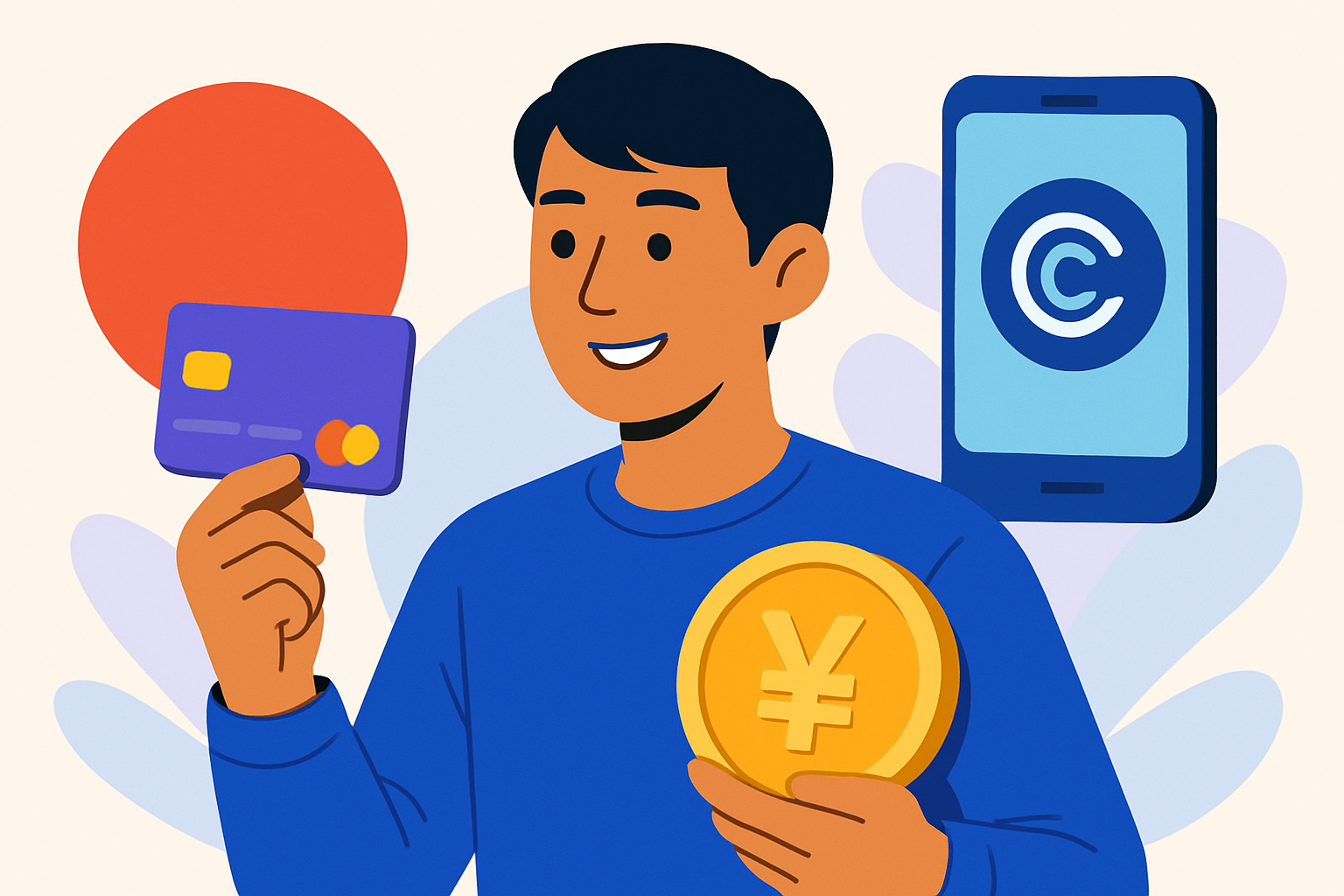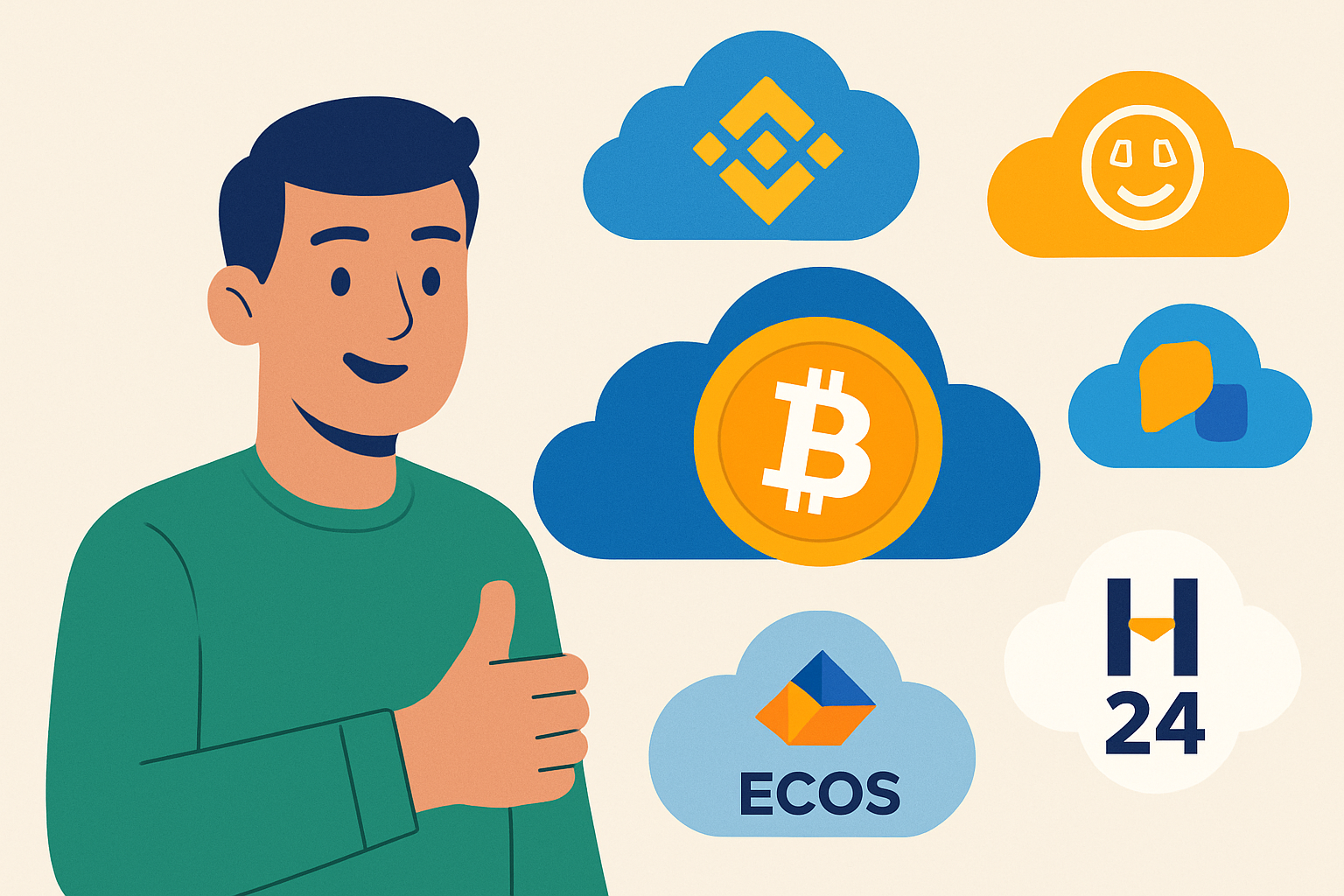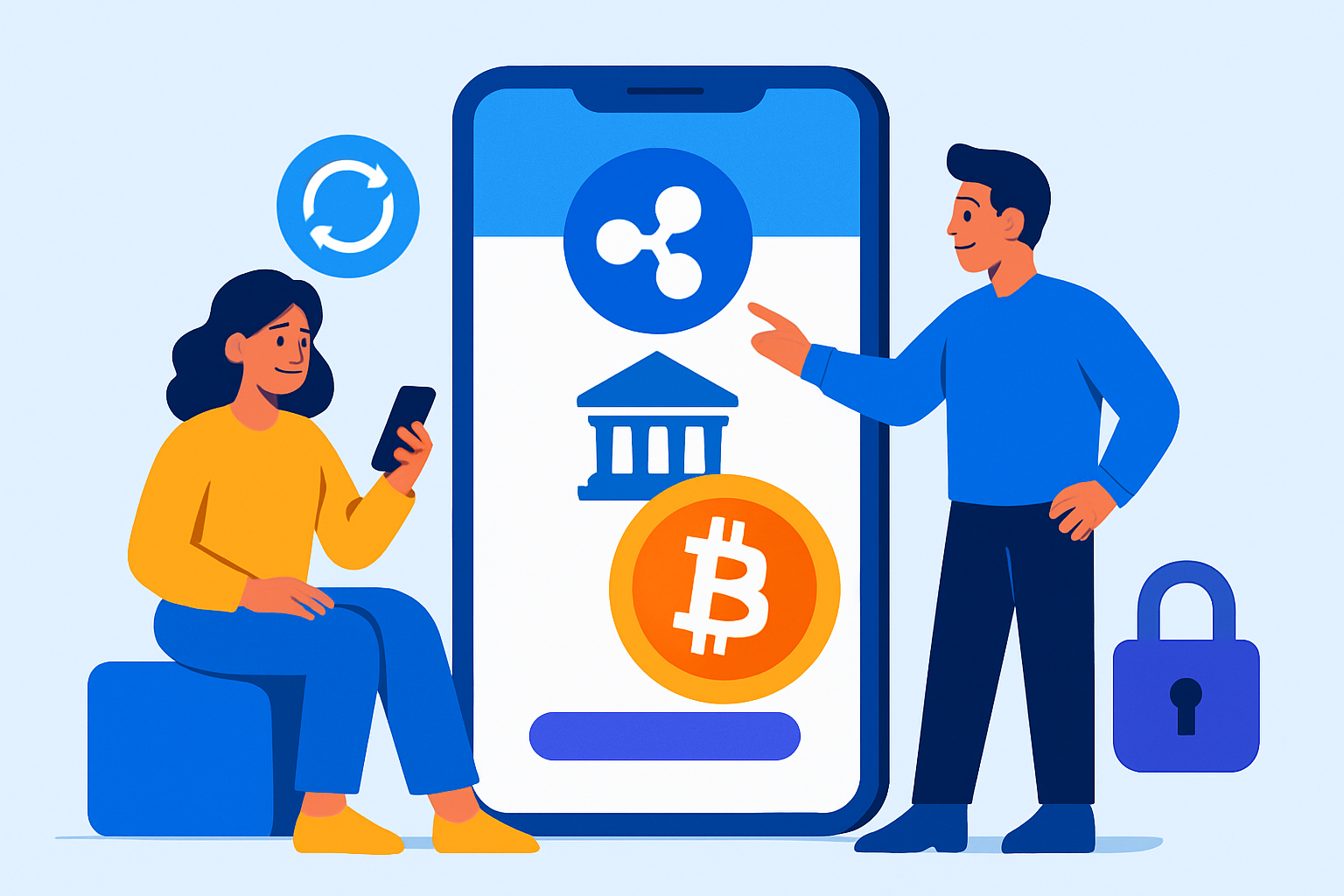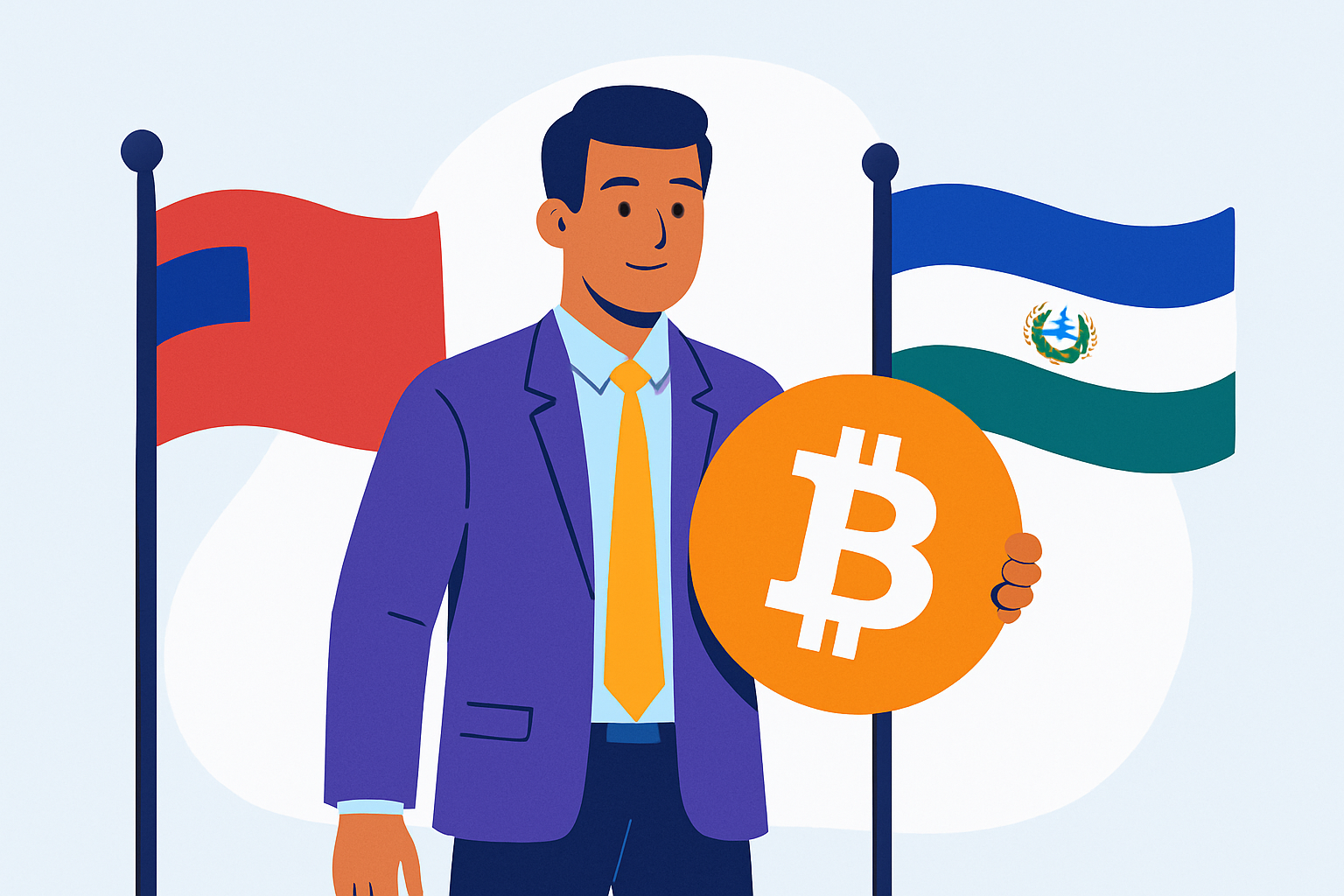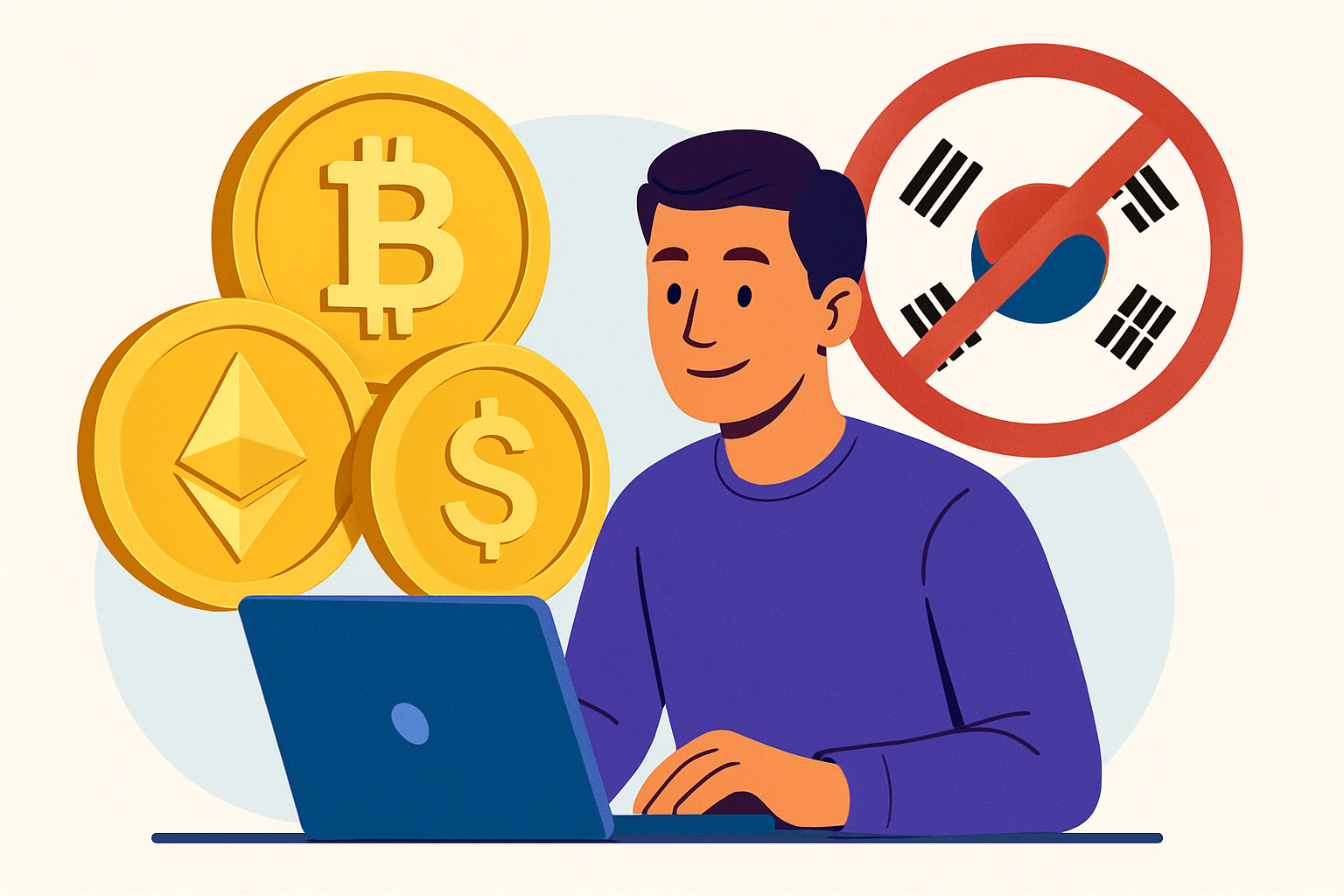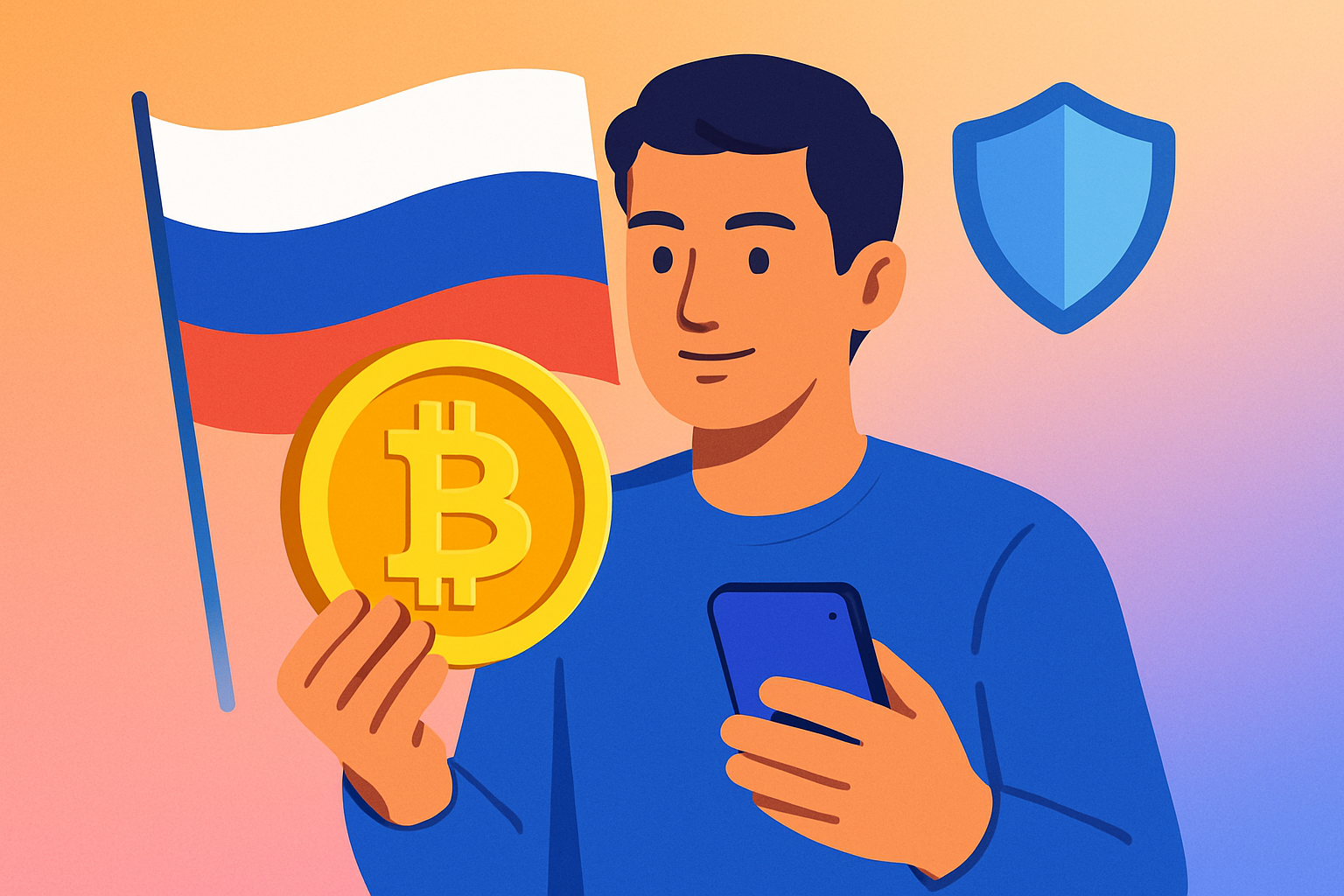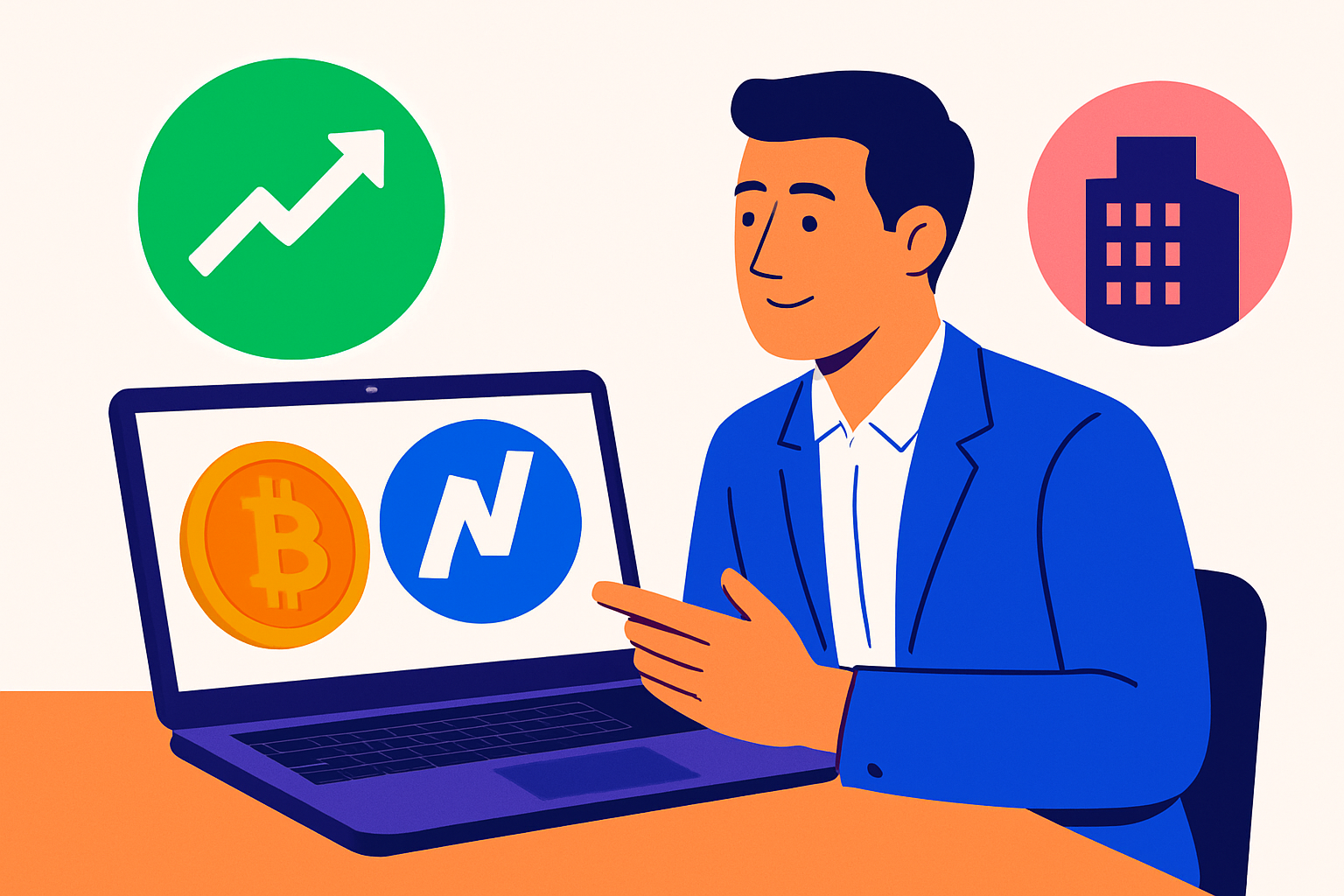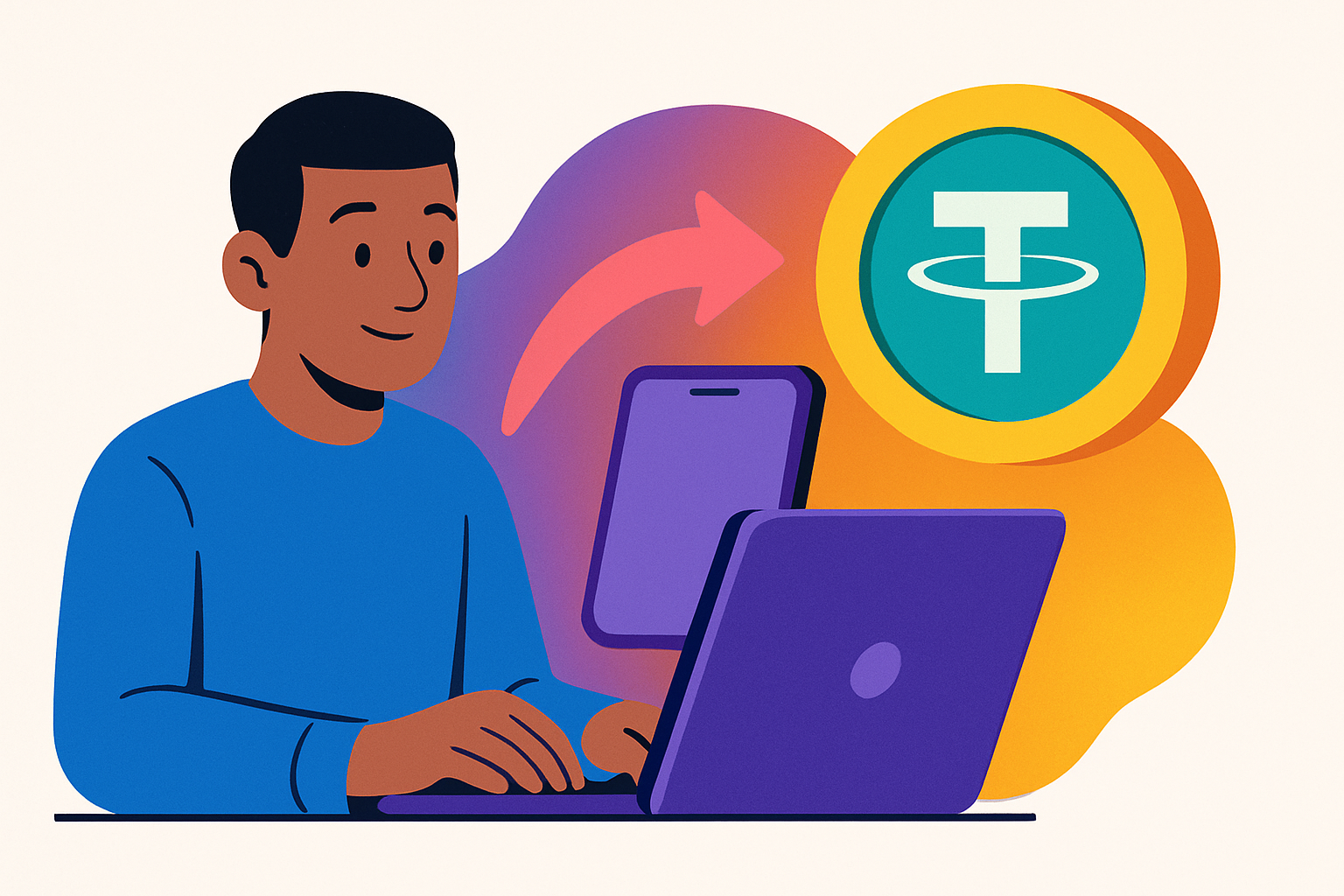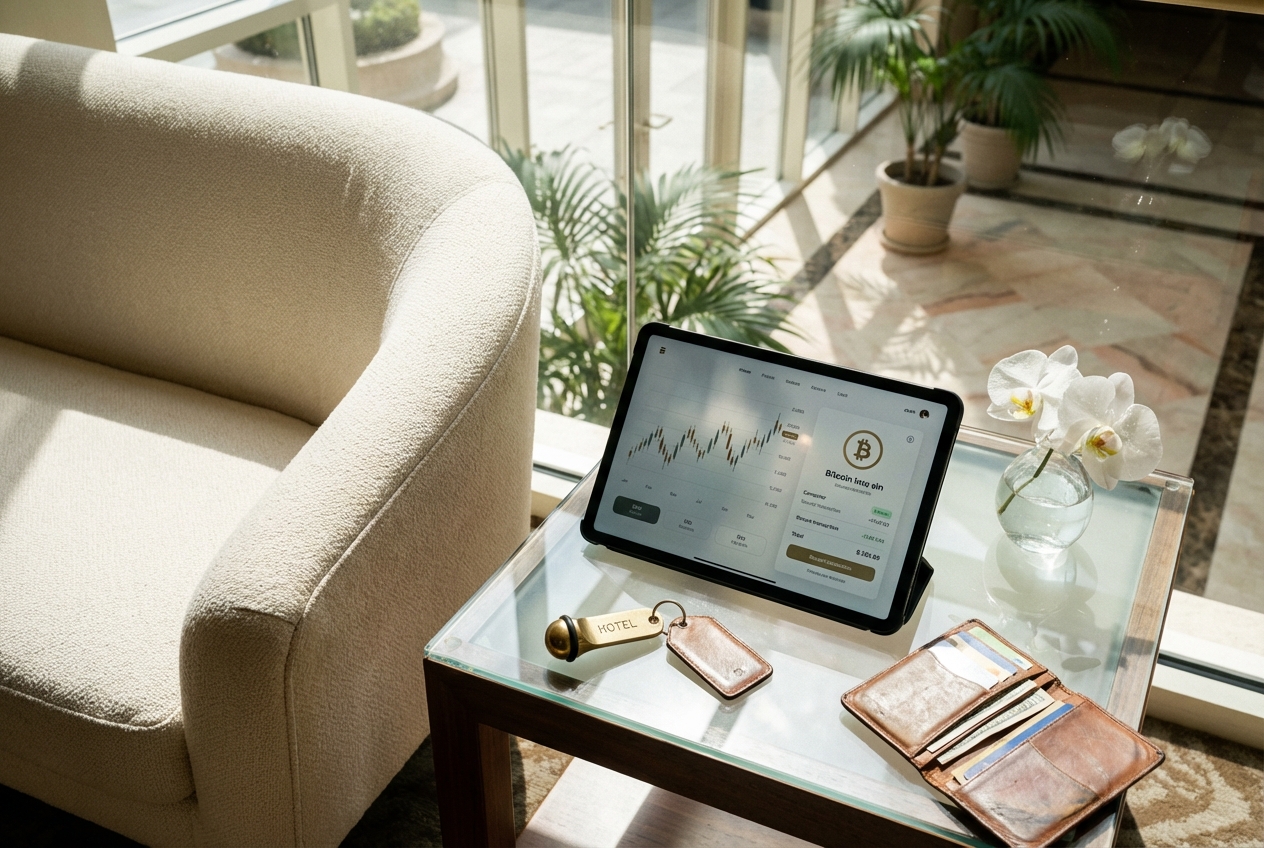Imagine waking up to the news that 61,000 Bitcoin, worth a jaw-dropping $6.75 billion, have been seized...
Ecosystem News
Solana’s rise from an experimental blockchain to a leading smart contract platform has been nothing short of...
Bitcoin’s recent price action has left both seasoned investors and crypto newcomers watching ETF flows like hawks....
How the 2025 Crypto Market Crash Impacts Secure Buying Strategies: Lessons from $300 Billion Wipeout
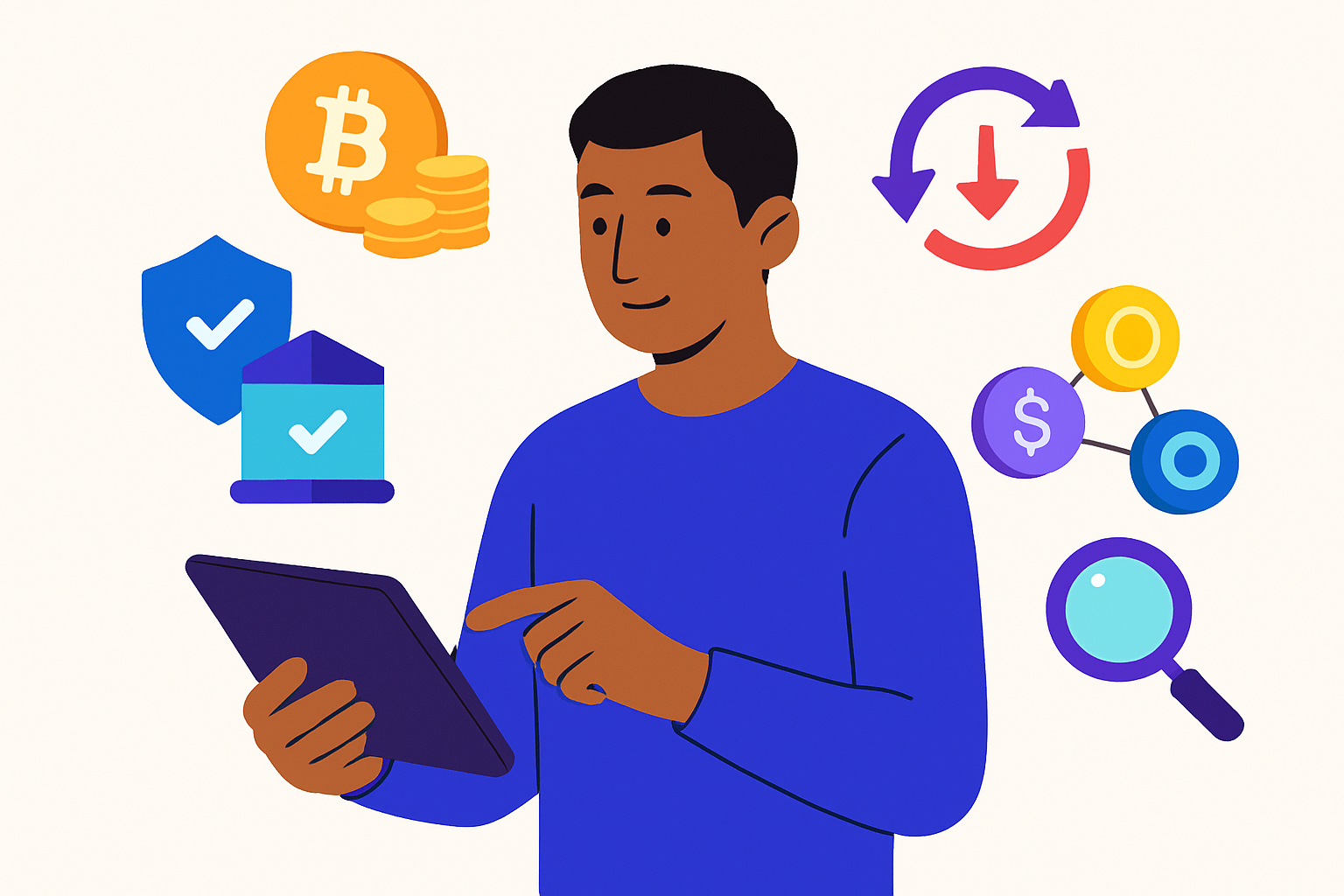

How the 2025 Crypto Market Crash Impacts Secure Buying Strategies: Lessons from $300 Billion Wipeout
Crypto traders, brace yourselves! The crypto market crash of 2025 has shaken the industry to its core,...
Another wild week for crypto! With over $1.5 billion in leveraged positions liquidated and Bitcoin’s price dipping...
BlackRock just lobbed a game-changer into the crypto investing world: the proposed Bitcoin Premium Income ETF. For...
After a whirlwind year marked by sharp reversals and breakneck rallies, crypto investors are asking: Which cryptocurrencies...
Wall Street is making its boldest crypto move yet. Morgan Stanley’s E*Trade crypto trading integration isn’t just...
Asia’s crypto scene is heating up, and if you’re a global buyer, now’s the time to pay...
The landscape of crypto investing in the United States has shifted dramatically with the launch of the...
Spain’s banking giant has officially stepped into the crypto arena, and the implications for secure crypto buyers...
Crypto payments are moving from niche to mainstream, and the landscape is shifting fast. In 2025, both...
The cryptocurrency market in September 2025 is making headlines as the TOTAL2 chart: which tracks the total...
Dogecoin (DOGE) has once again captured the spotlight, surging 32% in just one week and currently trading...
In a move set to reshape the U. S. crypto landscape, Tether has announced the launch of...
Japan is officially pulling crypto payments out of the margins and dropping them right on Main Street....
In 2025, the world of bitcoin cloud mining has become nearly unrecognizable compared to just a few...
Spain’s crypto landscape is undergoing a seismic shift as BBVA, the country’s third-largest bank, partners with Ripple...
Bitcoin’s role in global finance is shifting, and the latest high-profile acquisitions by Metaplanet and El Salvador...
South Korea’s Financial Services Commission (FSC) set the global crypto world abuzz in August 2025, imposing a...
Russia is making bold moves in the world of cryptocurrency, pivoting from a cautious stance to a...
In a move shaking up both traditional equity markets and the crypto sector, Nasdaq has unveiled new...
Crypto buyers are witnessing a dramatic shift in the payments landscape as USDT (Tether) surges to the...
Yunfeng Financial Group, the Hong Kong-listed powerhouse co-founded by Alibaba’s Jack Ma, has just made headlines with...


